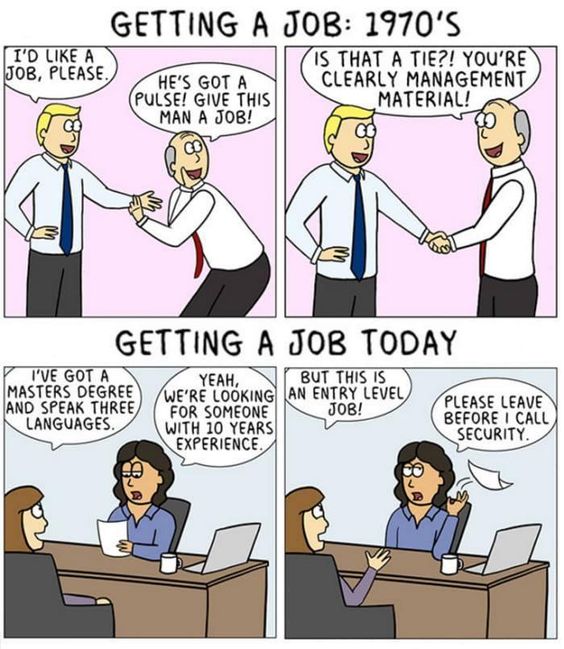So life is good, your business is growing, your customers seem happy and money is starting to roll in.
You’re moving at a million miles per hour and, of course, you know you need the right people or you won’t be able to continue. So how do you keep up with your growing company’s talent needs, while still keeping up with all your other responsibilities?
One of the most common challenges among growth for businesses is finding talent. No news there. In most cases, organizations at this stage do not have an internal recruiter or team dedicated to hiring. Without a team that knows your business inside and out, the standard recruitment-to-onboarding process can take months and require significant man-hours that you just don’t have. As much as we would like to reduce that timeline, speeding up the process and hiring the wrong person can be devastating.
When it comes to hiring, it’s better to be safe than swift.
So where is that balance and how do you achieve it?
If you find yourself consistently missing out on top talent, it’s likely an indicator of a wider series of problems in your organization or recruitment process. There’s usually a reason that quality hires aren’t choosing your organization or you’re hiring the wrong people and it often comes down to variables within your control.
 Here are some common mistakes many businesses make when trying to recruit top talent:
Here are some common mistakes many businesses make when trying to recruit top talent:
1. Failing to plan your requirements and strategy.
Trying to fill a job without a plan or a clear job description is a bit like trying to hit a target in the dark. It takes a deliberate strategy and a clear set of requirements to identify, attract, screen, and close the best talent for a given position.
2. Poor employer branding.
The best candidates will have many options to weigh during their job search. One way to ensure that you don’t make the shortlist is to have poor employer branding or an unclear message about what your benefits are to the applicant.
3. Not being diligent enough.
A thorough recruitment process usually means pre-screening, screening, interviewing, shortlisting, and performing background checks on each of your chosen candidates. It’s a deliberate process that requires diligence and commitment to a system. Failing to do your due diligence can lead to taking a pass on qualified candidates or choosing someone who isn’t actually set up for success.
4. Providing a poor interview experience.
83% of applicants agree that a negative interview experience can change their mind about a company. It’s critical that each person you interview is shown the respect they deserve, and that your process is fair and thorough enough to help you make an informed decision. Being unprepared for an interview, or using the wrong techniques, is a great way to lose out on top talent.
5. Being too picky.
On the other hand, being too rigid with your requirements is equally problematic. There’s no such thing as the “perfect” candidate. So, it will be necessary for you to establish what job requirements are “must-haves” versus “nice to haves” so that you don’t reject an otherwise solid candidate.
6. Taking too long to pull the trigger.
As mentioned earlier, the best candidates are often off the market within 10 days of starting their job search. That means you need to be fast on your feet, and ready to expedite the recruitment and offer process if a top candidate hits “Apply”.
You will likely notice a trend there. Each of the above points feeds into the overarching theme of candidate experience in some capacity. That’s because ensuring a positive candidate experience should be an ongoing priority for recruiters. Let’s take a look at why that is.
6 best practices for hiring top talent
For our purposes, let’s take the six common mistakes for losing top talent, and turn them into actionable steps for improvement. Here are the 6 best practices for hiring top talent:
- Set clear expectations early. Establish your “must-haves” and “nice-to-haves” early on and get buy-in from the hiring team on what success looks like.
- Actively cultivate a positive reputation. Make sure your career site showcases your team, culture, and vision using compelling text, videos, and images. Actively interact with reviewers on sites like Glassdoor to curate your online reputation, and guide your messaging going forward.
- Create a clear and repeatable hiring process and stick to it. Audit, tweak, and continuously improve your hiring processes to ensure that it’s efficient and providing a great candidate experience.
- Establish a positive and enjoyable interview experience. Create a detailed overview of what interviews should entail, what techniques should be used, the tone you’d like to strike with candidates, and the expectations of the interviewer.
- Understand that the “perfect” candidate doesn’t exist. Be fair with your candidates. Top talent doesn’t necessarily mean perfect talent. Train yourself to identify potential, and don’t be afraid to give someone a chance if they’re almost what you’re looking for.
- Don’t waste the candidate’s time. Everyone is busy today. Respect people’s time, and maintain clear and regular communication. Keep your team at the top of your mind, and the best candidates will notice your commitment to them.
Often at times, an inability to hire top talent has more to do with your process and candidate experience than what you’re offering. You can have the best team, compensation packages, and office space in the world, but if you’re not providing a positive impression for your candidates, then they’ll likely never know what you have to offer.
So take the time to analyze your candidate experience, and implement best practices that will help you lock down the best hires on the market.





